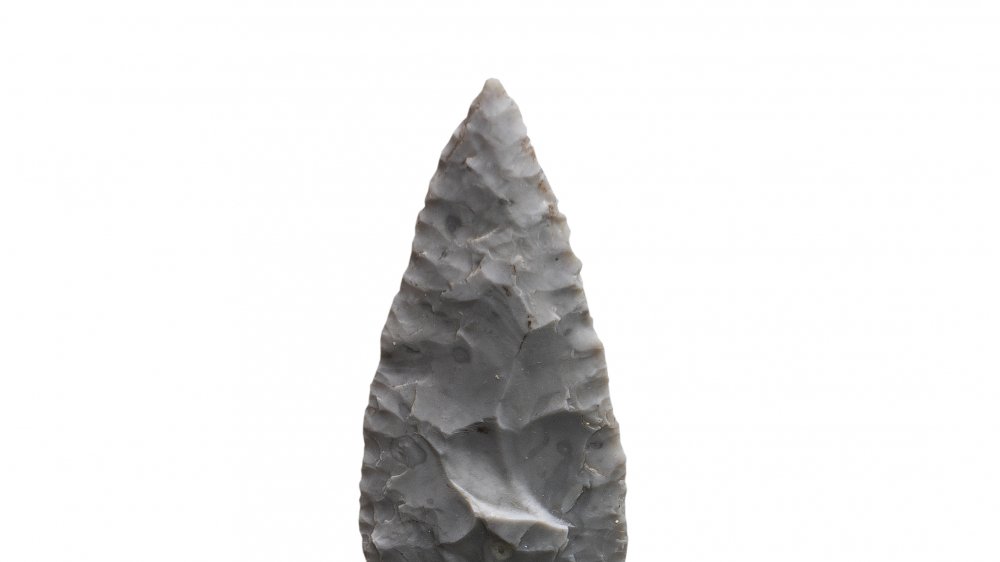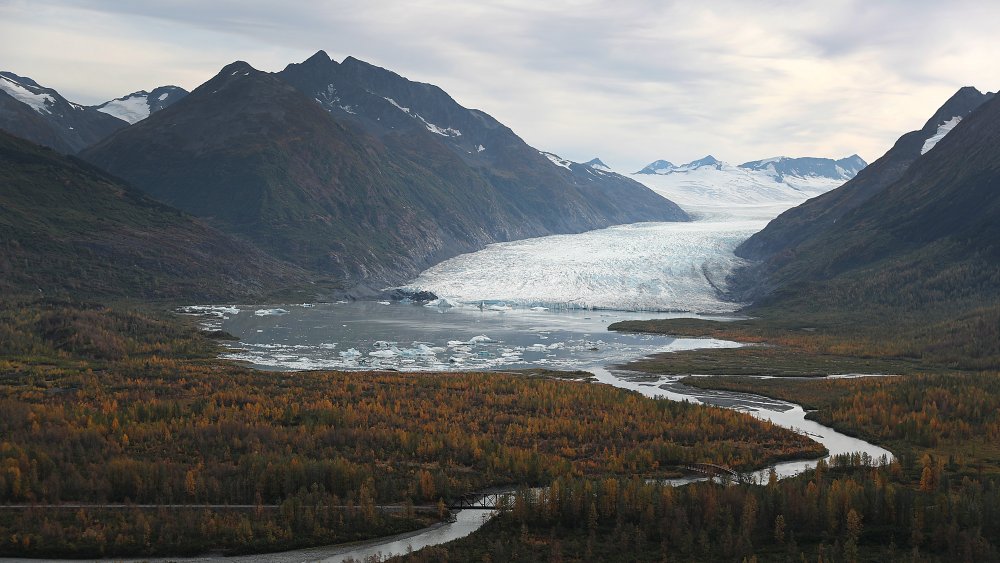Humans May Have Settled In North America Earlier Than We Think
Many of us may be familiar with the commonly believed story of how the Americas became populated with modern humans. Called the Bering Land Bridge Theory, as described by the National Parks Service, it postulates that at some point during the last ice age, the Bering Strait connecting Russia and Alaska froze over, and humans, bundled against the bluster of wind and frost, wandered over from Chukotka Peninsula to the Seward Peninsula. Bit by bit, these resolute people made their way all the way down to the southern tip of Chile. Eventually, thousands of years later, the continent became fully populated, and saw the rise and fall of entire empires such as the Olmec, Maya, Inca, and countless Northern American tribes.
This idea was first suggested by the Spanish missionary Fray Jose de Acosta in 1590, at a time when there was much debate surrounding the origins of human beings in the "New World." It wasn't until the mid-1920's, though, that evidence began to surface amongst scientists and naturalists that corroborated such a theory. Most prominently, this includes similar types of vegetation on either side of the Bering Strait that can be linked to 18,000 years ago. Generally, it's believed that the humans filtered over from Asia between 17,000 and 14,000 years ago, as stated in National Geographic.
DNA evidence indicates that a series of migrations split various groups at different intervals: the original group split from Siberia about 25,000 years ago, some split apart in Canada, and the remainder continued to migrate south along the Pacific Coast until reaching the southern tip of Chile, at a site named Monte Verde, about 14,000 years ago, as stated in Discover Magazine.
A bombshell to the timeline of migration
A recent discovery in Mexico, however, made only in June of 2020, may throw this entire, neatly crafted timetable on its head, and place humanity in the Americas as far back as 33,150 years ago.
In Chiquihuite Cave in northern Mexico, archaeologists have unearthed thousands of sharp shards of stone believed to be crafted arrowheads, blades, or other tools, as reported by National Geographic. They are composed of a type of limestone not native to the region that must have been carried there from elsewhere, embedded in strata of rock alongside burned coal that can be carbon dated to within a range of 33,150 to 12,200 years ago.
The deepest level of excavation thus far shows evidence of Douglas firs from 28,000 years ago, which are consistent with the climate of the region during the last age. During that time, Mexico would have resembled the Pacific Northwest, making it perfectly feasible for modern humans to survive in caves. To put things in perspective, glaciers reached their thickest approximately 24,000 years ago, before receding decade by decade and making global water levels ultimately rise by 120 meters, as described by National Oceanography Centre.
Of course, changes in fields of ancient studies do not often go uncontested. After all, when archaeologist Tom Dillehay of Vanderbilt University made his discovery about humans at Monte Verde at 14,000 years ago, the scientific community was in uproar because it was a mere 1,000 years earlier than currently believed. In comparison, the current finding is a complete bombshell. Only time will tell, it seems, if Chiquihuite Cave's lead archaeologist Ciprian Ardelean and his team's findings will be proven true.

